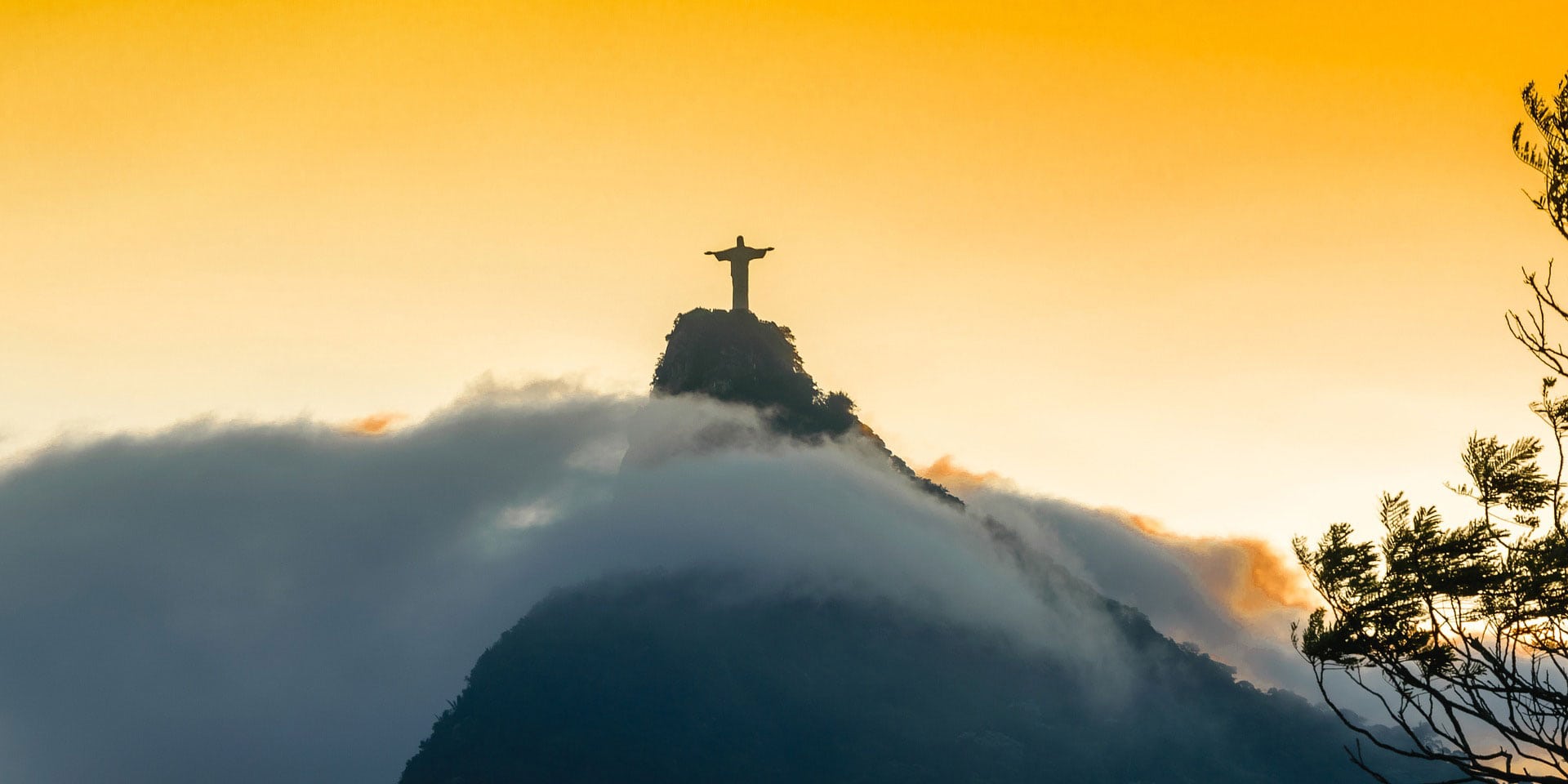Exploring the best landmarks in South America is a journey like no other. Blessed with a blend of otherworldly nature and mystical history, the fourth-largest continent is a magnet for adventure-seekers and free spirits.
The natural treasures, in particular, are South America’s biggest stars. From a colorful mountain to the most biodiverse rainforest in the world, 14 of the South American landmarks are natural ones. No other continent is even close to that!
Are you ready to explore lush jungles, Incan enigmas, and (literally) one-of-a-kind islands?
Let’s go!
Machu Picchu, Peru
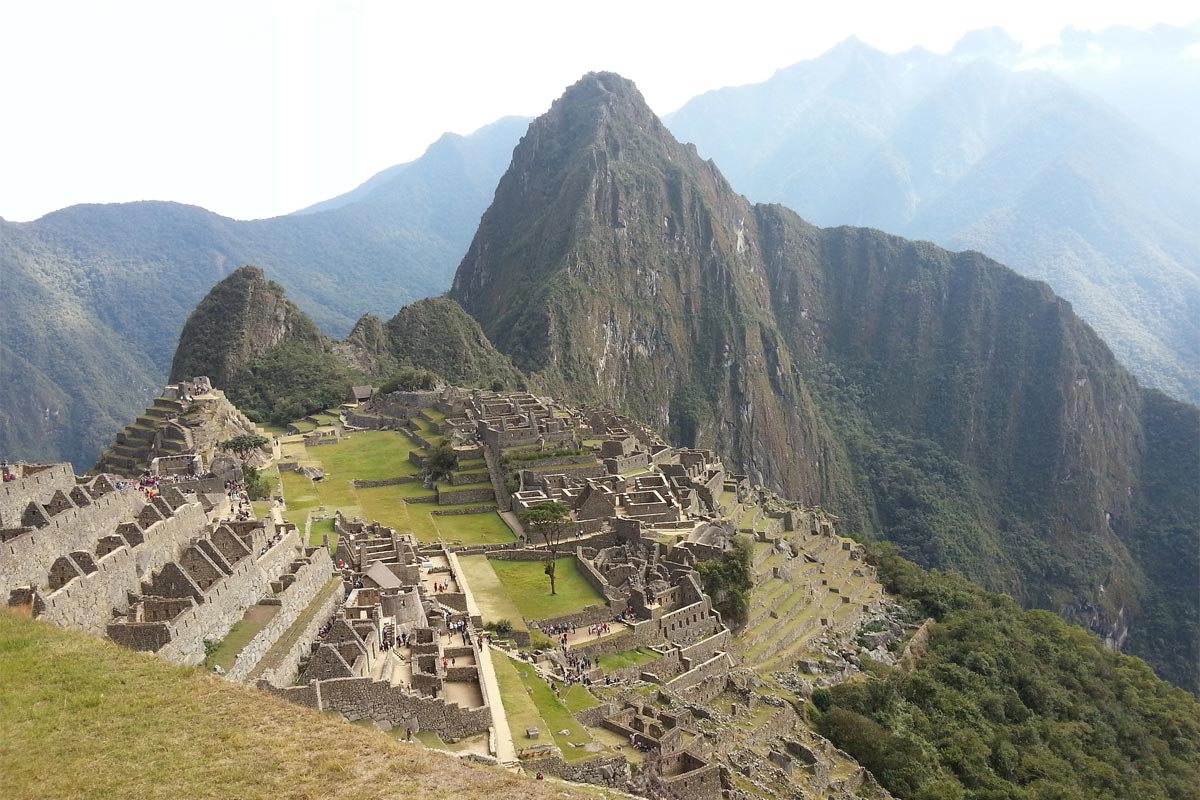
We can start the landmarks in South America with nothing else but Machu Picchu. The 15th-century Incan city is located around 80 kilometers (50 miles) northwest of Cusco, high in the Andes mountains. To get there, tourists need to follow the famous Inca Trail for 4 days. Passing through several types of Andean landscapes (including lush cloud forest and alpine tundra), the path is simply breathtaking, so instead of a hassle, the trek is actually a bonus.
A symbol of the Incan empire, Machu Picchu comprises more than 150 buildings and 100 staircases (most of them carved from a single slab of stone). The method used to take the giant rocks up the mountain is still unknown, but it’s considered that no wheels were used – only manpower. The exact purpose of the city is also puzzling the archeologists. The leading theory is that Macchu Picchu was constructed as an estate for the Inca emperor Pachacuti (1438–1472)
Rediscovered by Yale Professor Hiram Bingham in 1911, Machu Picchu is the most visited attraction in Peru and a UNESCO World Heritage Site since 1983.
Nazca Lines, Peru

We stay in Peru to discover the most mystical of all South American landmarks. The Nazca Lines are a group of large trenches in the Nazca Desert drawn in geoglyphs forming different animal shapes and figures.
Dating from 500 BC to 500 AD, the lines cover an area of an estimated 450 sq km (170 sq mi) and were inscribed as a UNESCO World Heritage Site in 1994.
There are many guesses about the purpose of the figures. While we’ll probably never know for sure, the leading hypothesis for the moment is that the geoglyphs were created to be seen from the deities in the sky.
According to an ancient Incan legend, one of the most important gods – Viracocha, the creator was the one who commissioned the Nazca Lines.
Christ the Redeemer, Brazil
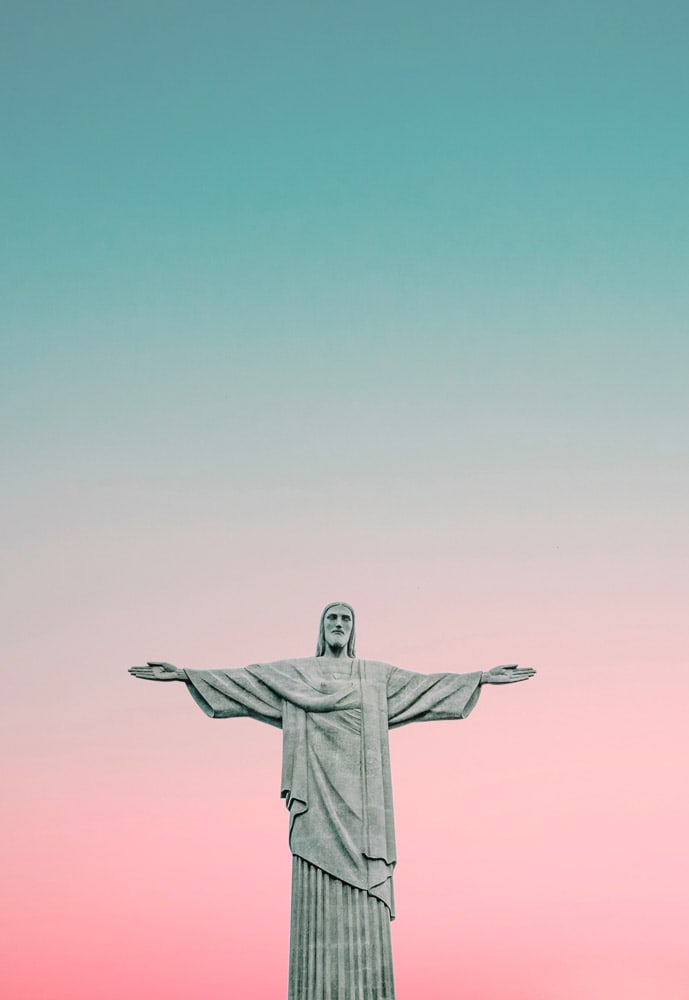
One of the most famous landmarks in South America and a globally recognized symbol of Brazil, Christ the Redeemer, is an Art Deco sculpture of Jesus Christ that overlooks the city of Rio de Janeiro. Completed in 1931, today the statue welcomes more than 2 million tourists per year.
In 2007, the statue was selected as one of the New 7 Wonders of The World alongside the Colosseum, Taj Mahal, Petra, Chichen Itza, Machu Picchu, and the Great Wall of China.
Castaway Fun Fact
Due to its position on the top of the mountain, Christ the Redeemer is very prone to lightning strikes. From 3 to 6 bolts of lightning hit the statue every year, sometimes even breaking its thumbs.
Galapagos Islands, Ecuador
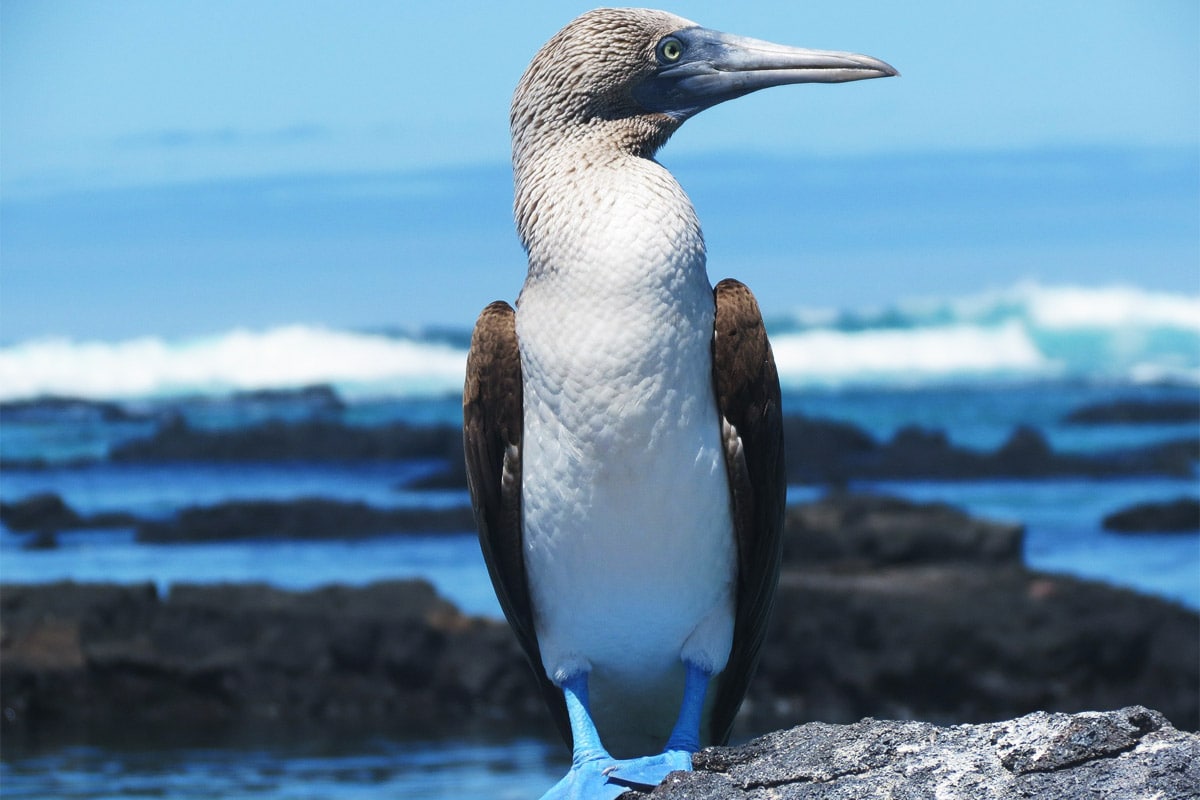
The volcanic archipelago located in the Pacific Ocean is considered THE place for wildlife-spectating. Lying about 1000 km (600 mi) from the coast of Ecuador, the isolated islands are home to countless endemic animal species.
Made world-famous by Charles Darwin, who spends 5 weeks there in 1835, the Galapagos wildlife is what inspired the famous naturalist to develop his Theory of Evolution.
Galápagos National Park is Ecuador’s first national park and covers around 97% of the archipelago. Galápagos Marine Reserve protects an additional 130,000 sq km (50,000 sq mi) of the ocean around the islands, ensuring that all of Galapagos’ incredible fauna will remain safe for the generations.
Easter Island, Chile
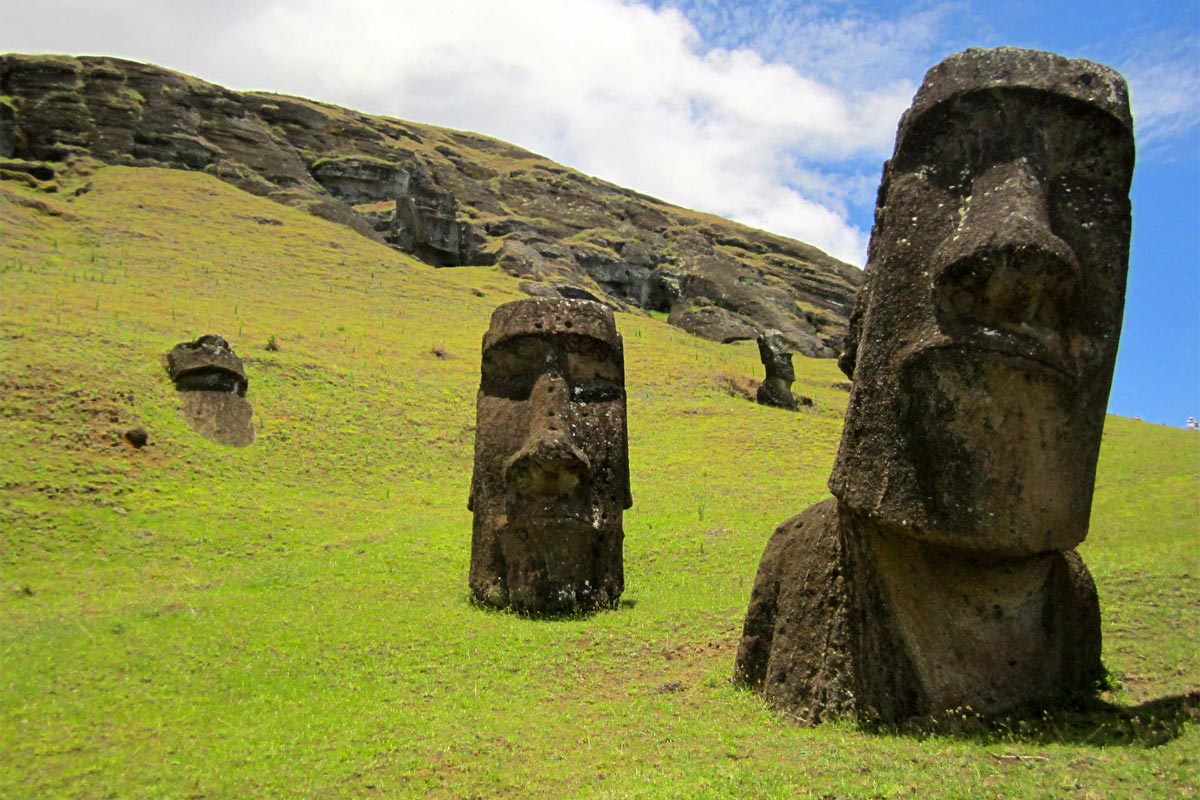
While not precisely in South America, Easter Island is a part of Chile, so its inclusion to the list was imminent. One of the most unique and bizarre islands worldwide, Easter Island is famous due to its moai – giant monolithic human figures scattered all around the island.
It took historians years to determine what happened to the native Rapa Nui people who used to live on the island in vast numbers. It turned out that building more and more moai led to severe deforestation. Less tress led to less fertile soil and eventually to civil warfare and cannibalism. This disaster was followed by Europeans’ arrival (with all their foreign diseases) and Chilian slave traders hence dropping the population to only 111 Rapa Nui people in 1877.
Iguazu Falls, Argentina/Brazil
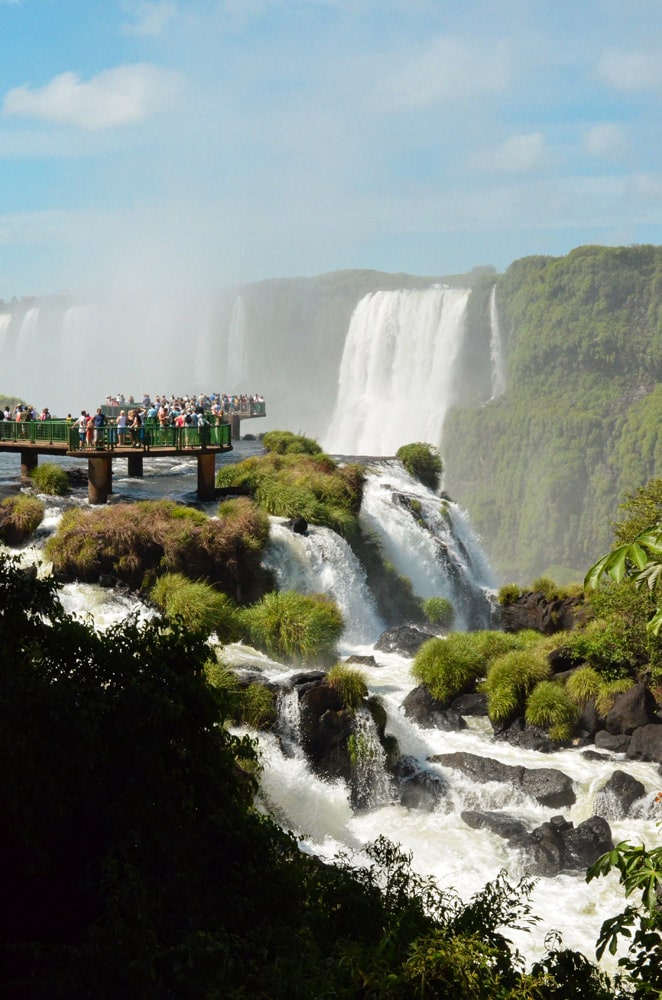
Straddling between the Brazilian State of Paraná and the Province of Misiones in Argentina, the Iguazu Falls are the most impressive group of waterfalls on the continent.
Second, only to Victoria in size, Iguazu Falls are composed of more than 275 falls, most majestic being the curved cataract christened the Devil’s Throat. The origin myth tells a story about a god who wanted to marry a local girl against her wishes. She, however, managed to escape the god and, alongside her lover, boarded a canoe on River Iguazu. When the god found out, he got angry and separated the river so that the girl and her boyfriend would be condemned to fall eternally down the falls.
Rainbow Mountain, Peru
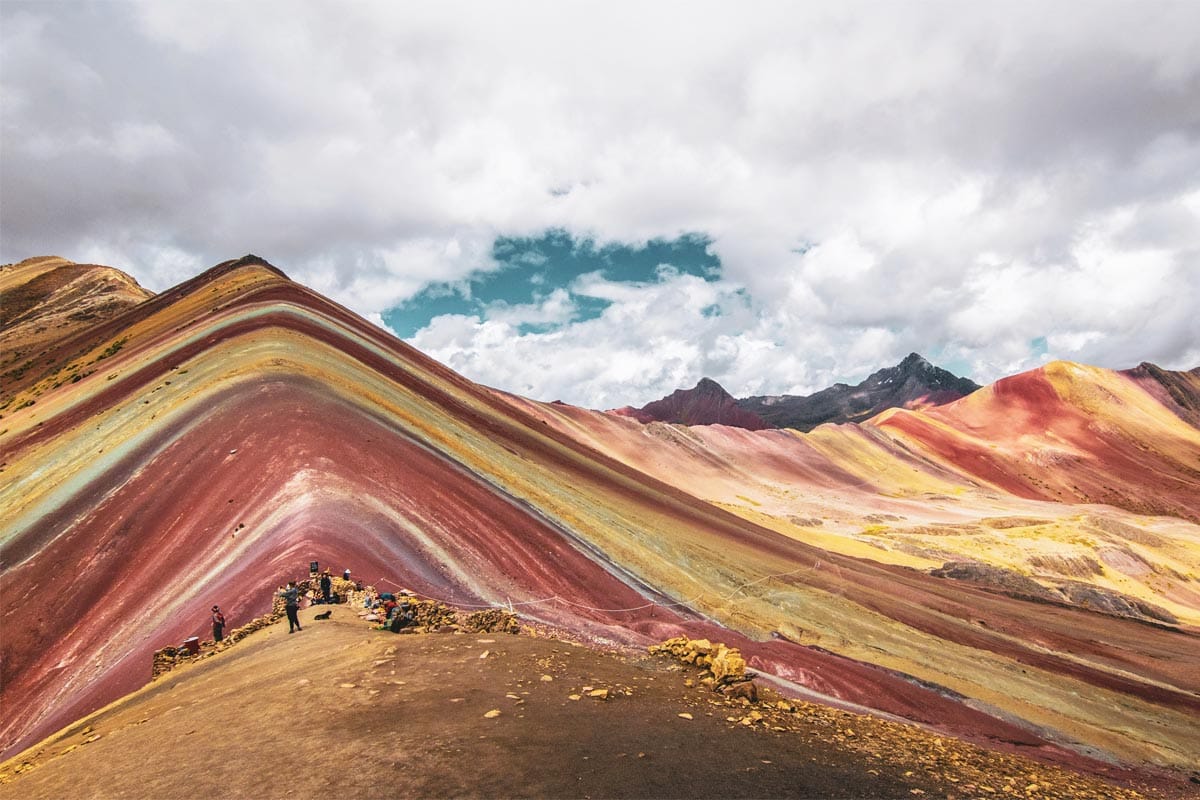
We go back to Peru to explore one of the most colorful landmarks in South America – Rainbow Mountain. Owning its bizarre look to a blend of 14 colorful minerals, Rainbow Mountain is a wonder of nature you can find nowhere else in the world.
Castaway Fun Fact
We can enjoy Rainbow Mountain today thanks to climate change. Until the past decade, the mountain was covered in snow with its colorful stripes well hidden under the glaciers.
The Amazon Rainforest
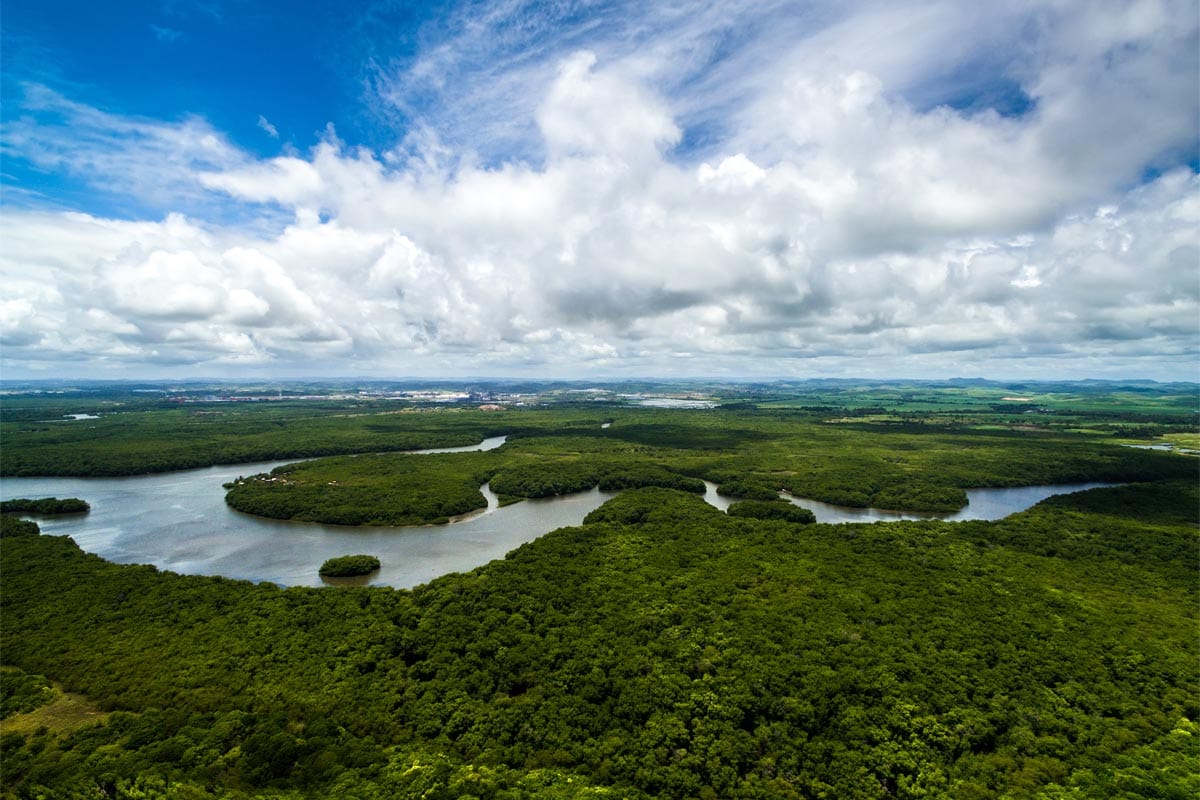
Surrounding the Amazon river, the Amazon rainforest covers an area of 5.5 million sq km (2.1 million sq mi), making it the biggest rainforest in the world. While nearly two-thirds of the Amazon is found in Brazil, there are parts of it in Peru, Colombia, Bolivia, Ecuador, French Guiana, Guyana, Suriname, and Venezuela.
Being responsible for 20% of the world’s oxygen, this fascinating place is home to countless endemic plants and animals, including more than 2.5 million insect species.
See Also: The Most Awesome Landmarks in Oceania
Las Lajas Sanctuary, Colombia
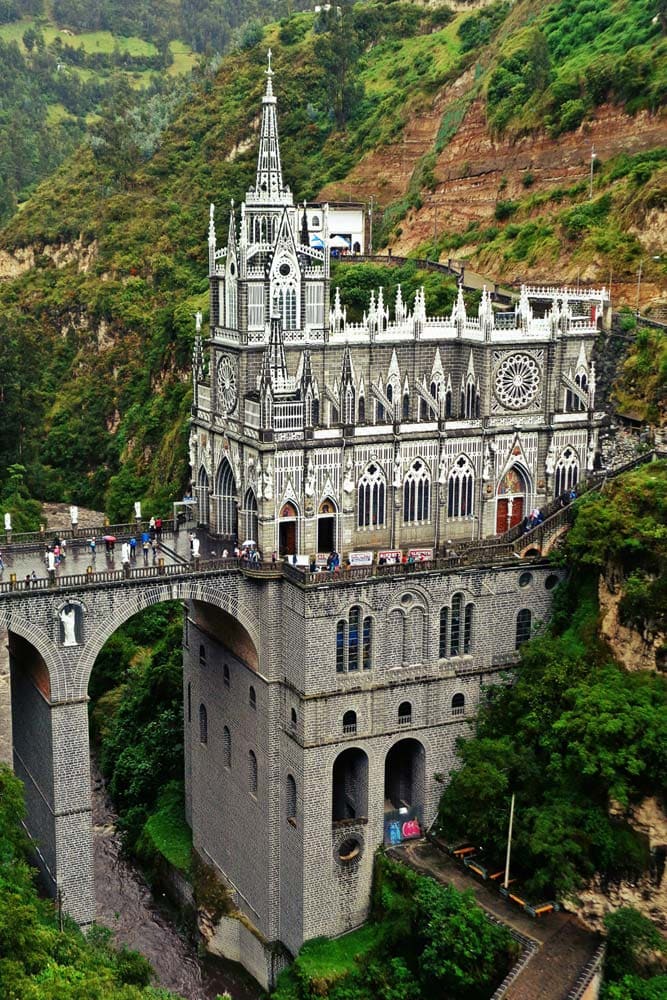
Next, we travel to sunny Colombia, where we find one of the rare man-made landmarks on the list. Las Lajas Sanctuary is among the most fascinating religious buildings on the planet. Constructed inside the Guáitara River canyon, the scenic Gothic shrine took 33 years to be completed before it finally opened its doors in 1949.
The basilica today is situated on a spot where shrines had existed since 1754 when a mysterious seeing of the Virgin Marry and occasional reports of miraculous healing instigated a popular pilgrimage to the site.
Salar de Uyuni salt flat, Bolivia
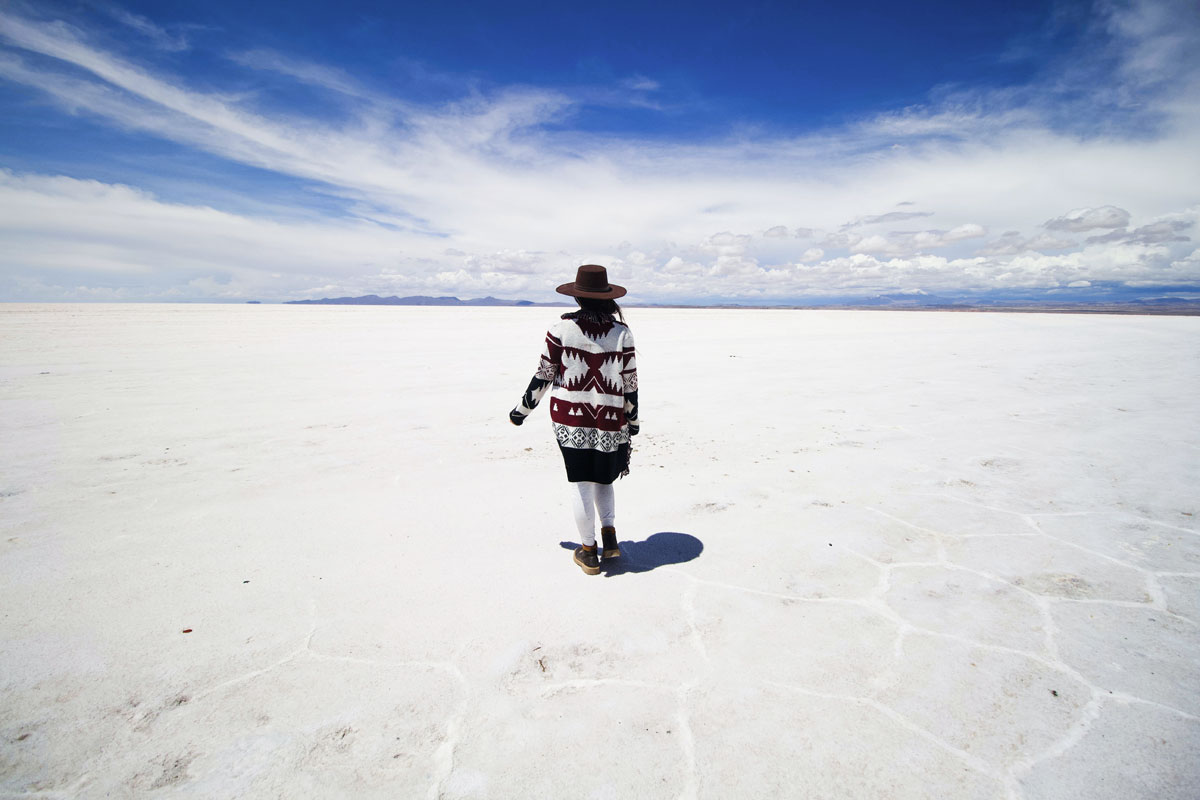
We continue discovering the top landmarks in South America with another one-of-a-kind natural site – the salt plain of Salar de Uyuni in Bolivia.
Located in the South-West part of the country, Salar de Uyuni is the largest salt flat in the world and can even be seen from space. It’s estimated that it’s made of more than 10 billion tons of salt. Formed some 40,000 years ago, Salar de Uyuni is one of the most unique and alien landscapes you can find anywhere on the globe.
Castaway Fun Fact
Salar de Uyuni is home to the biggest train graveyard in Bolivia.
Angel Falls, Venezuela
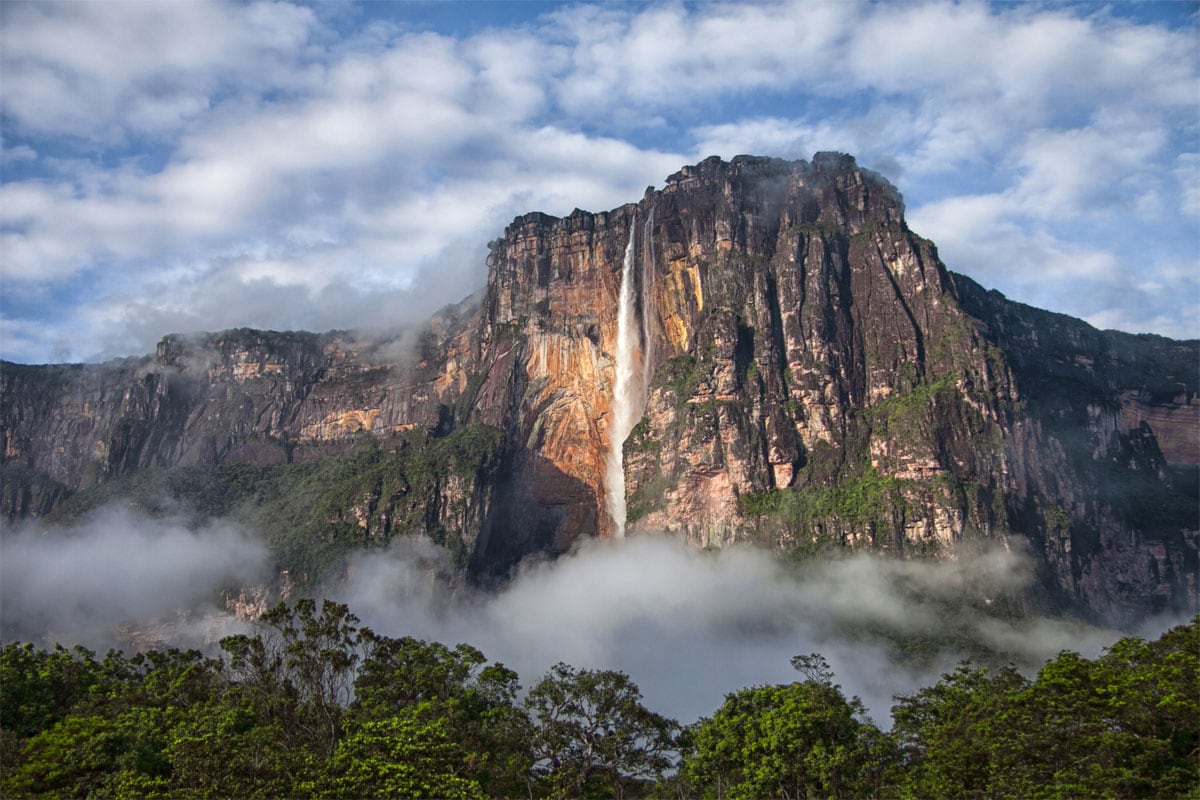
Located in Canaima National Park, Angel Falls is the world’s highest uninterrupted waterfall. Tumbling from a summit of the tabletop mountain Auyán-tepu, the falls are the pride of Venezuela and its most prominent attraction.
Rediscovered to the outside world by the American aviator Jimmie Angel, the waterfall is so tall that a visitor can feel its water drops from a kilometer away.
Perito Moreno Glacier, Argentina
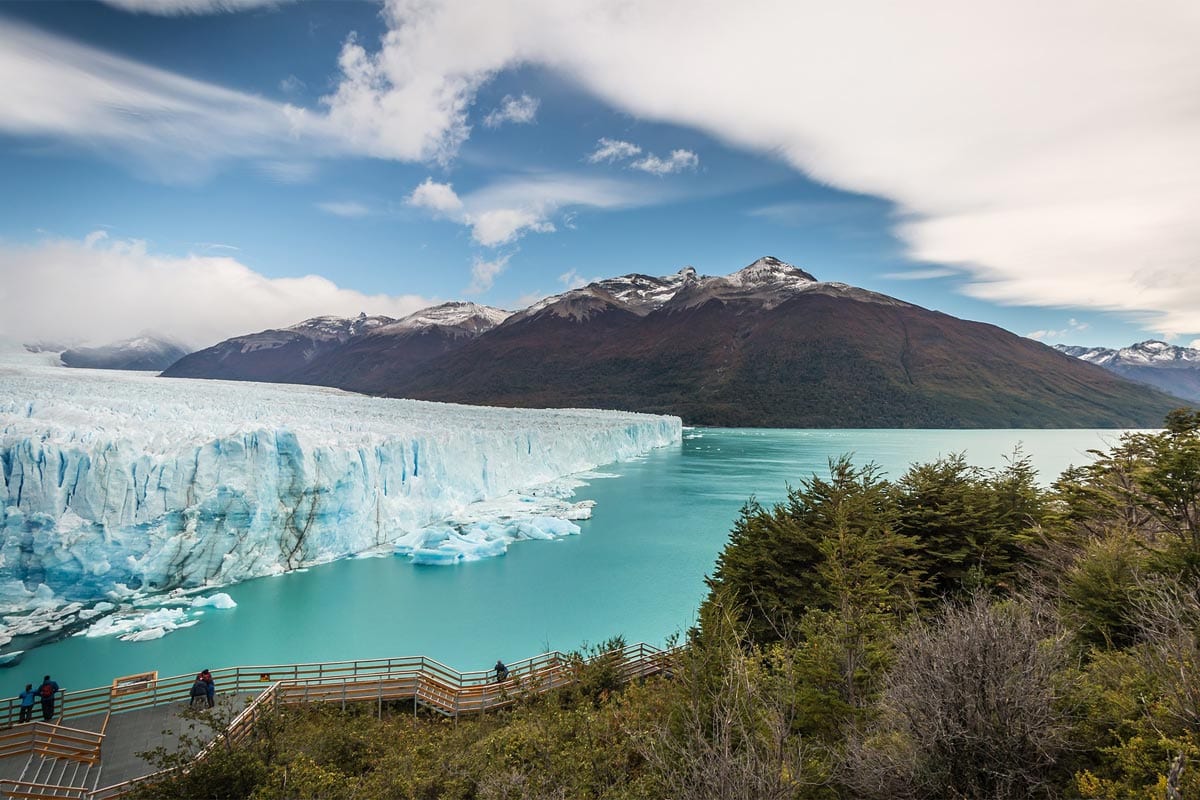
We finally make our way down to Argentina, where we find one of the world’s biggest glaciers. Situated in the Los Glaciares National Park (Parque National Los Glaciares), Glacier Perito Moreno is among the country’s most prominent tourist attractions.
Covering a total of 250 sq km (97 sq mi) with an impressive height of 74 meters (240 ft) above the waters of Lago Argentino, the glacier is so giant that it’s considered to be the third-largest freshwater reserve in the world. It’s also one of the only three glaciers that are not retreating but actually growing every year.
See Also: Top 20 Biggest Landmarks in Europe
Lake Titicaca, Peru/Bolivia
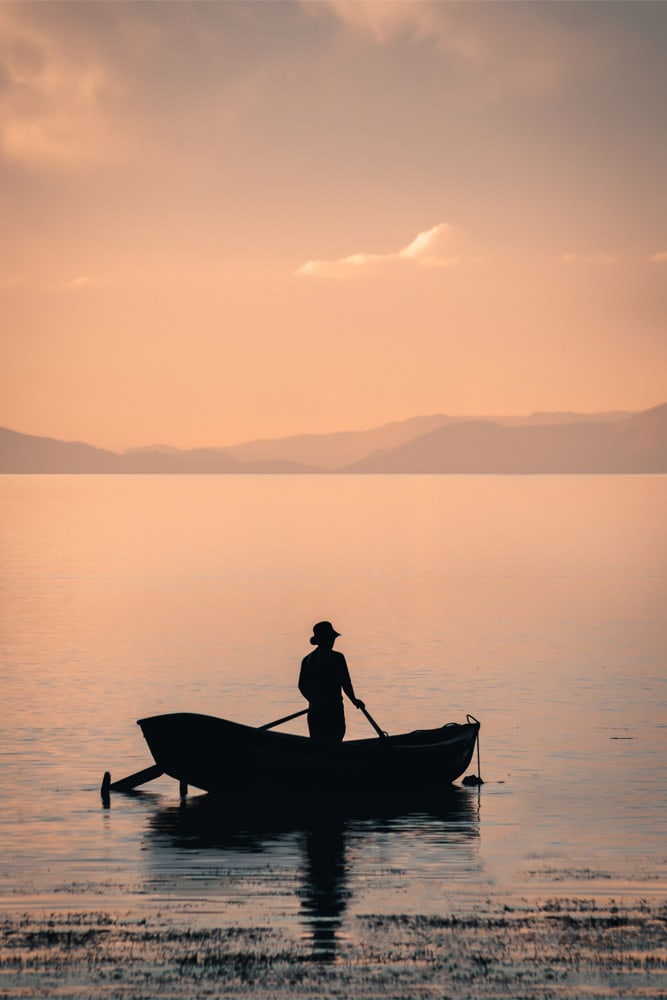
Often called the “highest navigable lake” in the world, Titicaca is the largest lake in South America. Stretching through the Andes Mountains of both Bolivia and Peru, the iconic lake is considered the birthplace of the Incas. This is due to an ancient Incan myth that says that the first Inca King, Manco Capac, was born there.
According to another Inca legend, Lake Titicaca is also where the world started when the god Viracocha emerged from Titicaca’s waters and created the sun, the stars, and the first people.
Cartagena, Colombia

We’re back to vibrant Colombia to explore the next landmark, which is neither a building nor a natural treasure, but a whole city, the city of Cartagena. A UNESCO World Heritage Site since 1983, the picture-perfect brightly-colored buildings of the town are a favorite vacation spot to millions of tourists every year.
Often dubbed as a City of Two Contrasts, Cartagena combines the modern high-rise hotel-filled Bocagrande area with the iconic Old City to present a vivid blend that can satisfy even the most pretentious travelers.
Lençóis Maranhenses National Park, Brazil
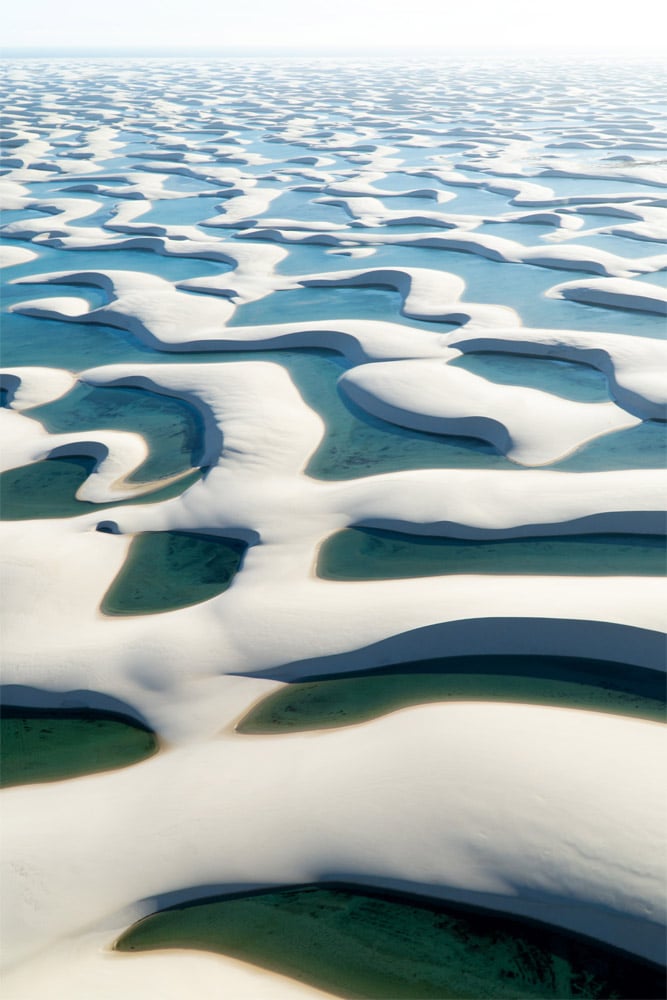
As far as landmarks in South America go, this one is not that popular. It’s actually the best hidden gem in Brazil. Located east of Baía de São José, the park offers a desert landscape, but it’s nothing like the usual dry deserts. The endless dunes of pure white sand are combined with the regular rains from the nearby Amazon basin to create one of the most mesmerizing sights worldwide.
With an area of 1550 sq km (600 sq mi), the national park offers countless lagoons and water basins while missing any kind of vegetation. The scenery of Lençóis Maranhenses is so unique that every landscape photographer is compelled to put it high up on their bucket list.
See Also: Top 20 Landmarks in Africa
Falkland Islands
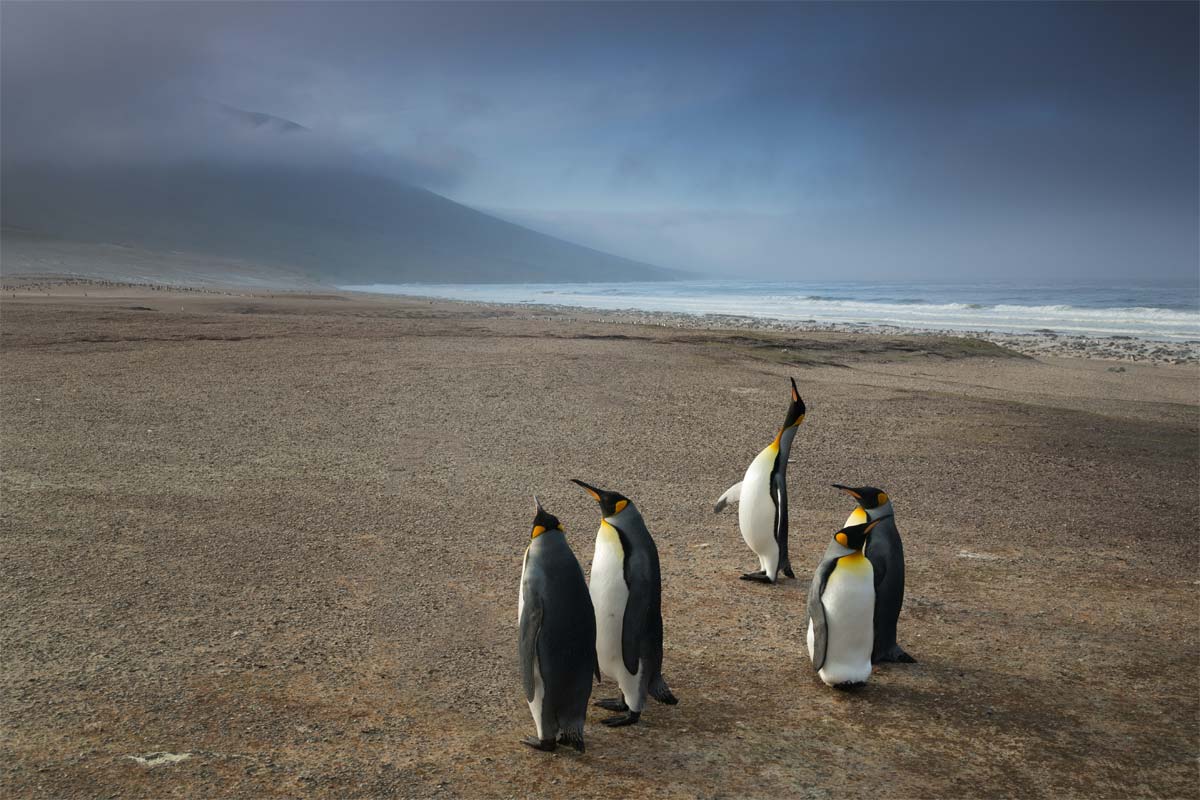
When talking about the best landmarks in South America, most of us imagine lush jungles and Incan ruins. The last thing that comes to mind is…penguins. It’s penguins, however, the principal inhabitants of our next attraction – Falkland Islands.
Located 650 km (400 mi) off the south-east coast of the continent, Falkland Islands are a group of approximately 740 islands most famous for their incredible wildlife. While only 2000-ish people call Falkland their home, hundreds of thousands of penguins go there every year to hatch and raise their chicks. There are 5 distinctive species of penguins, the most famous being the giant Imperator ones.
Atacama Desert, Chile
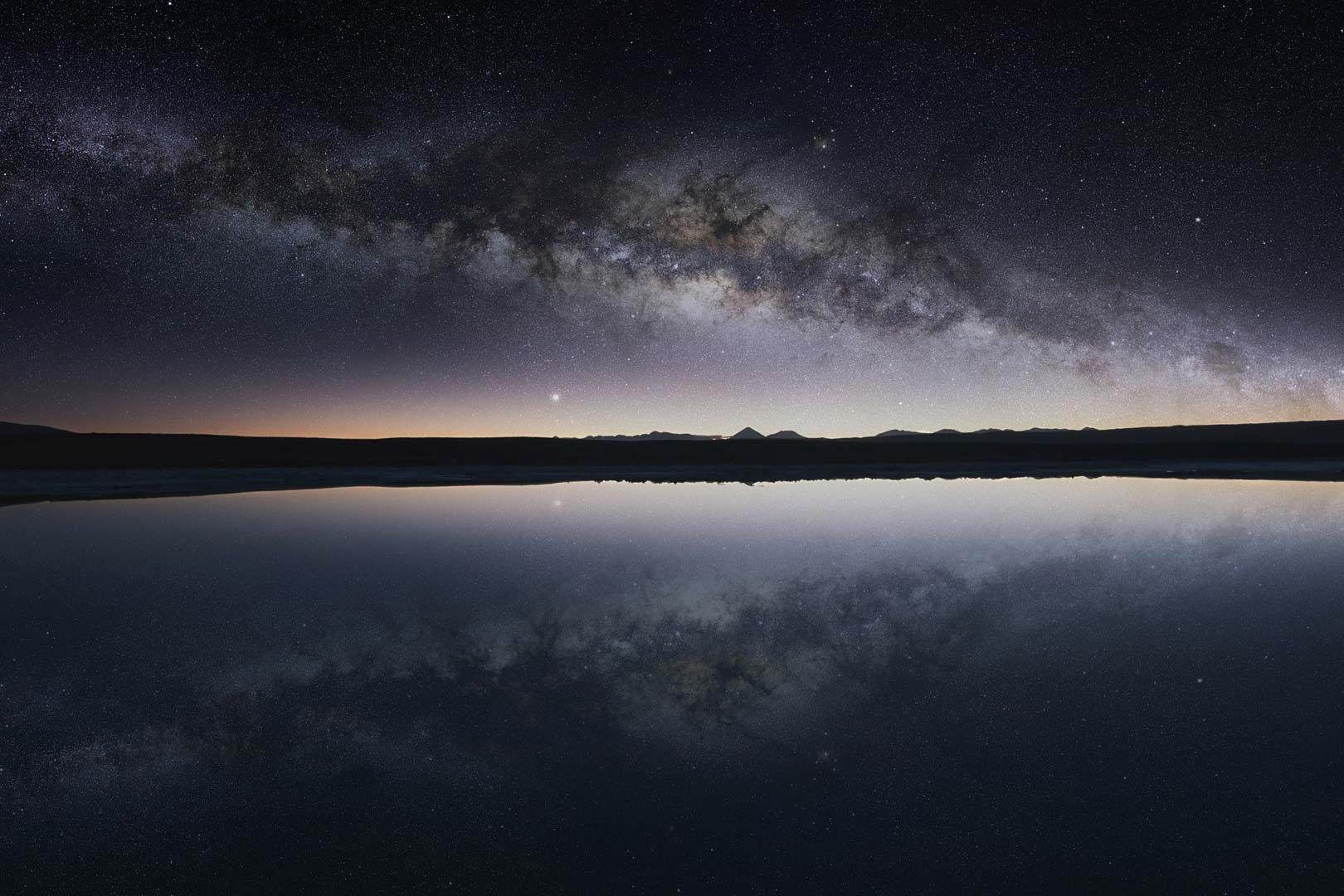
Time to drastically change the scenery and move from the chilling Falkland islands to the driest desert in the world – Chilian Atacama desert. With an average rainfall of about 1 mm per year, there’s no better place to feel like you’re on Mars.
You may wonder now: why on Earth would I wanna visit such a hostile place?
The reason is – stars. The Atacama is the only place on Earth with an average of 300 clear nights per year. There’s also hardly any light pollution in the desert; therefore, there’s no better place on the planet for stargazing. Extraterrestial landscape combined with top-notch stargazing is more than enough to cement the Atacama desert as one of the best South American landmarks.
See Also: Top 20 Biggest Landmarks in Asia
Patagonia Chile/Argentina
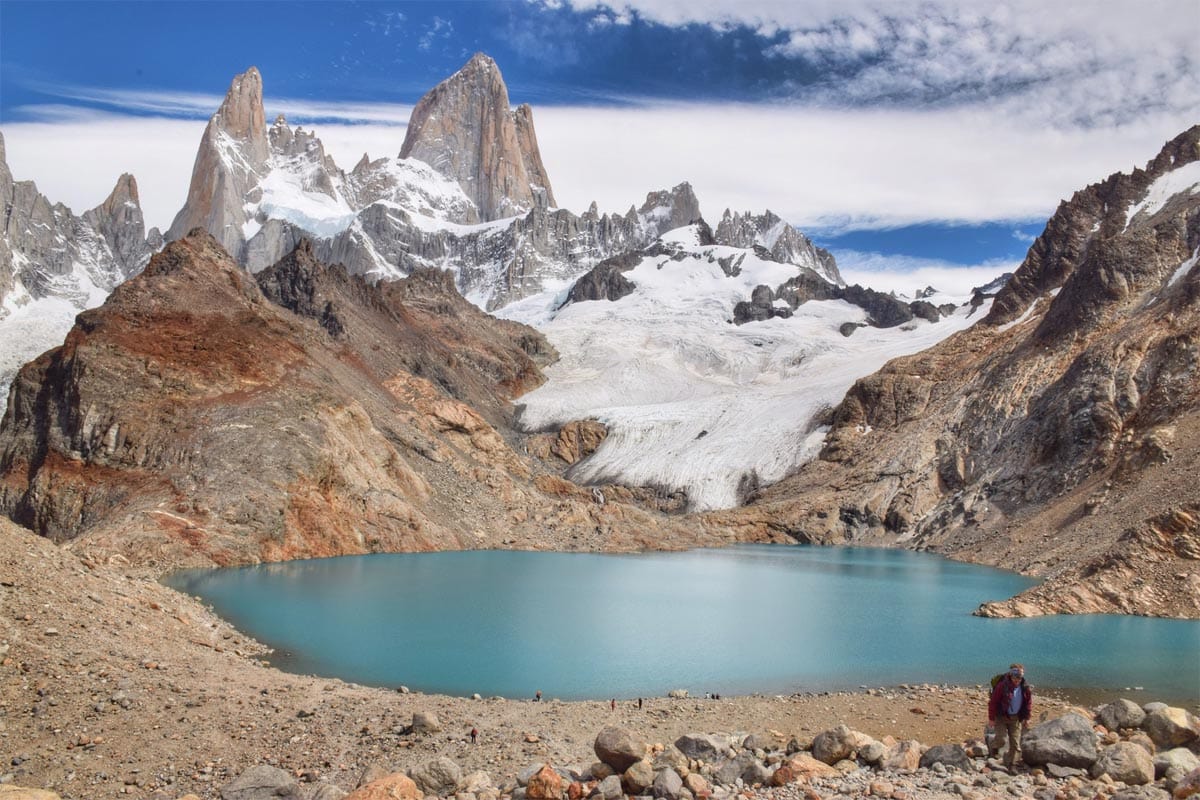
We already had a taste of Patagonia (remember the growing Perito Moreno Glacier?), but now it’s time to explore this unique area in more detail. Situated in the bottom of South America, Patagonia is not the place to go on a tropical vacation but offers more than one marvel to the mountain enthusiasts.
The first notable attraction is the 3,405 m (11,171 ft) tall mount Fitz Roy. Discovered in 1877, its rosy-colored peaks (at sunset) are among the most picturesque attractions on the continent.
The second place you should definitely visit in Patagonia is Torres del Paine. The national park, established in 1959, pride itself on a fairy-tale landscape that can wow even the biggest skeptic. The most popular trek in the park (called merely ‘W’) is often labeled as the most scenic one on the globe.
Laguna Colorada, Bolivia

Somewhere around 4300 meters (14,000 ft) above sea level lays the most colorful attractions you can imagine. Laguna Colorada is a shallow orange lake situated right next to a salt flat and inhabited by…flamingos. I’ll give you a minute to process all that. Can you visualize this ridiculous color bouquet? Absolutely incredible!
Castaway Fun Fact
The lake’s waters really are orange! It’s not because they’re full of flamingos, though, but due to red algae and some microorganisms.
Kaieteur Falls, Guyana
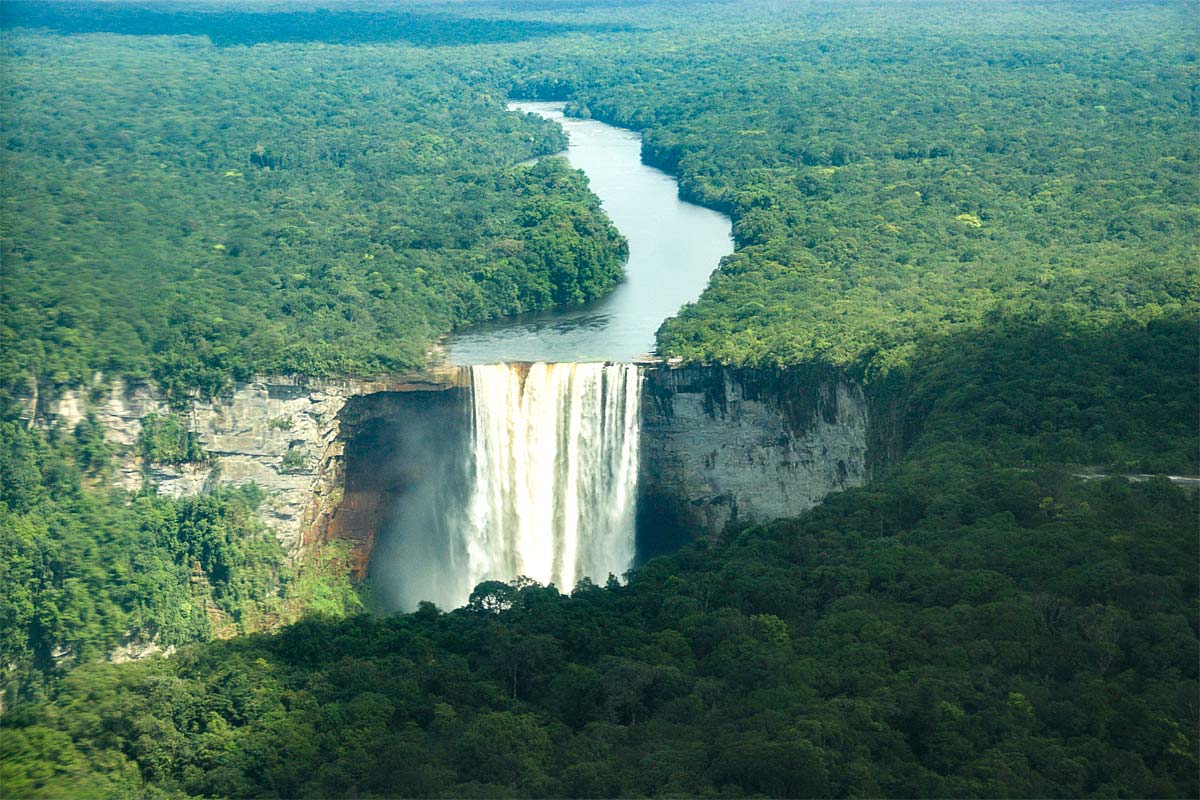
We finish the top South American landmarks with another spectacular waterfall – Guyana’s Kaieteur Falls. Deemed the world’s largest waterfall (single drop) by the volume of water flowing over it, this stunning natural wonder is 226 meters (741 ft) high or about four times more than Niagara Falls.
It was rediscovered in 1870 and, even though it is located in a remote part of the Guyana rainforest, it’s the most prominent tourist attraction in the country.
That’s all from me, I hope you enjoyed the biggest landmarks in South America.
————————————
If you haven’t planned your trip there yet, find out how I plan my trips!
————————————
I have 118 bucket list ideas for South America. See my impossible bucket list of 1700+ adventures!
How many landmarks have you been to?
Some of the above are affiliate links and I will earn a percentage of the sale if you purchase through them at no extra cost to you. This helps keep my site running – so thanks in advance for your support!




